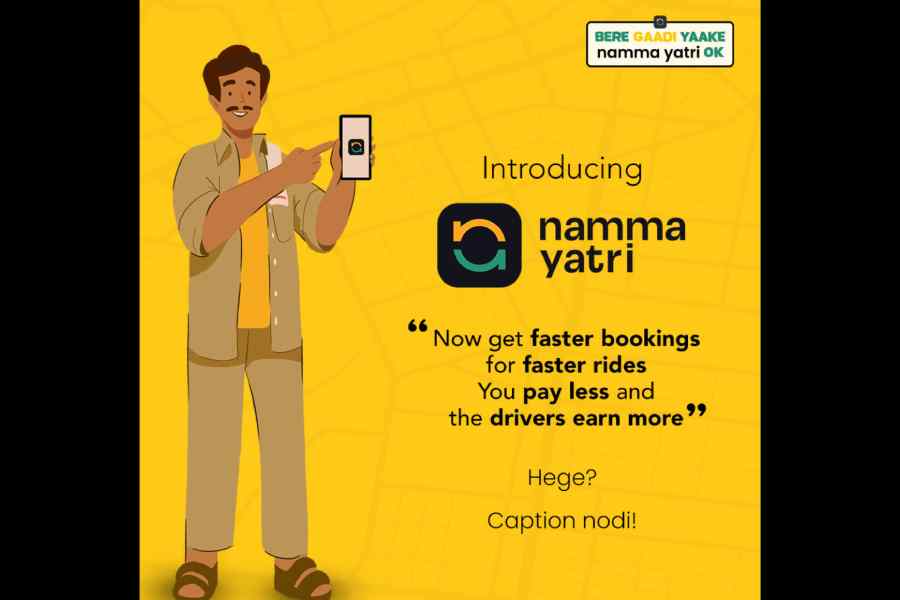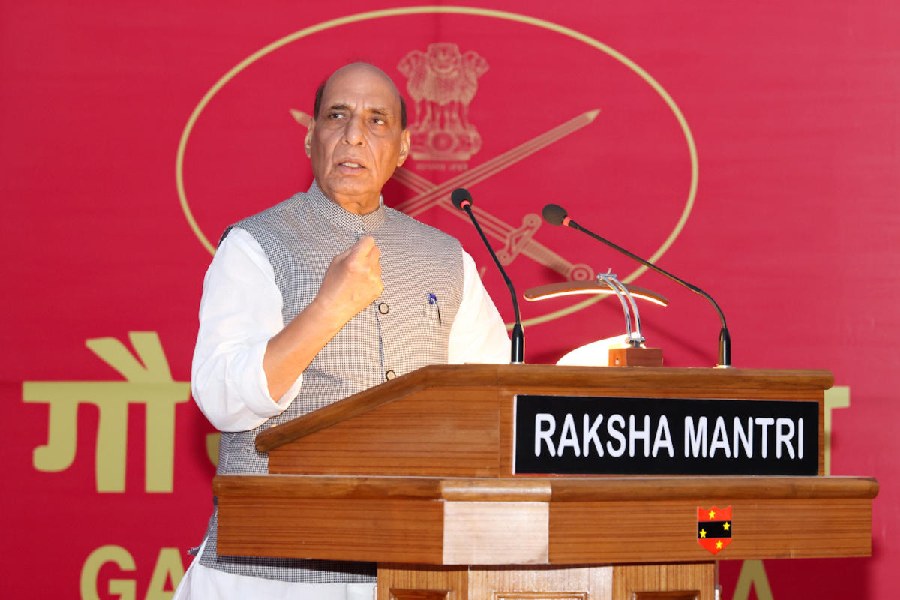The developing world is expected to trail the West in implementing forward-looking policies, more so in the data economy with its complex challenges. For instance, the European Union’s General Data Protection Regulation became the basis for most other data protection laws worldwide in what is recognised as the ‘Brussels Effect’. However, what works for a developed country is not necessarily suitable for economies like India and other developing nations that need to keep the cost of business low, provide access to a low-earning population, and improve economic efficiency. Highly onerous data regulations not only reduce the competitiveness of local companies but also cut off access for the masses who may not have the income to support the consumption of expensive digital goods.
It is, thus, important that developing countries approach the data economy with light-touch regulations with a focus on generating digital public goods through data reuse and data recycling. India’s digital public goods programme, comprising the Data Empowerment and Protection Architecture, the Open Government Data Platform, and the Open Network for Digital Commerce, under the umbrella of the India Stack, leads the way in this approach.
India Stack is the moniker for a set of open application programming interfaces and digital public goods that aim to unlock the economic potential of identity, data, and payments at a mass scale. Its basis is the Aadhaar framework and its most prominent and latest layer is ‘Open Networks’. Open Networks resolves two key challenges: the decay of data and the unavailability of data. Real-time data have more value than dated data. Open Networks has created protocols that generate open data in real time and make them available for extensive use. There is no better example of this than Namma Yatri, Bengaluru’s most popular auto-hailing app. Namma Yatri is based on the open data protocol, which relies on the government’s open data initiative, and is now feeding the data it generates back into the open data pool for other developers to reuse. Such data are now being generated across sectors by a large number of apps based on Open Networks, by regulated entities in the financial and healthcare sectors, and by the government itself.
Real-time data should be available to be shared with third parties instantaneously. For example, UPI would not have been the success it is if onboarding and processing times were not instantaneous. The idea behind Open Networks is to create a digital level playing field where innovation and creativity are given a free rein so that application developers can focus on building the best consumer experiences and products. India has thus focussed on creating technologies and systems to operationalise swift consent to the sharing of data, bringing significant proprietary data out in the open, and ensuring that they are shared instantly with third parties.
The Indian approach to the digital economy, based on the idea of data reuse and access, appears to be succeeding on the economic front. It is allowing apps like Namma Yatri to come up and challenge ride-sharing duopolies, creating entirely new public infrastructure like the UPI and the National Digital Health Mission. This approach may have its challenges in terms of reduced privacy and the possibility of insufficient data protection, but on an overall cost-benefit analysis, the Indian digital revolution is enabling the creation of and access to digital public goods and is ripe to be emulated by developing countries.











